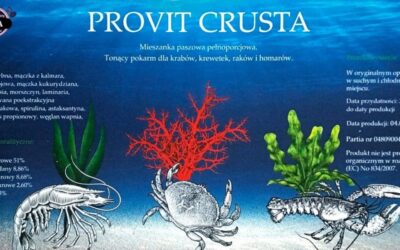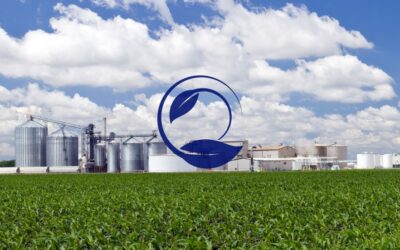Dive into the Future: Understanding Aquaponics Systems and Hydroponics Integration
Aquaponics Unveiled: A Revolution in Sustainable Farming
In recent years, aquaponics has emerged as a cutting-edge farming technique, combining aquaculture and hydroponics to create a harmonious ecosystem for fish and plant growth. This article delves into the intricacies of aquaponics systems, exploring the integration of hydroponics and the numerous benefits this innovative method brings to the table.

1. How Do Aquaponic Systems Work? How do aquaponics work?
Ever wondered how fish and plants collaborate in an aquaponic system? Explore the dynamics of nutrient-rich water flow, fish waste as fertilizer, and the role of bacteria in breaking down harmful components. Uncover the magic behind the closed-loop aquaponics system.
Aquaponics relies on a sustainable method where fish effluent, harmful to fish (ex. tilapia), becomes a valuable resource for plant growth. The system design ensures a continuous cycle, returning purified water to the fish tanks, creating a closed-loop that minimizes external inputs.
2. Types of Aquaponics: Choosing the Right System – Greenhouse for fish and plants.
With various types of aquaponics systems available, from media beds to nutrient film techniques, selecting the right one is crucial. Dive into the details of different aquaponic setups, exploring their advantages and considering factors like scale and space.
Small-scale aquaponics or large commercial aquaponics businesses – each type has its unique characteristics. Understand how aquaponics technology can be adapted to fit specific needs, whether for small-scale indoor aquaponics or expansive outdoor farms.
3. Aquaponics and Hydroponics Integration: A Powerful Duo for growing plants.
Hydroponics and aquaponics share common ground, both focusing on soilless plant growth. Discover the benefits of integrating hydroponic systems into aquaponics, maximizing plant growth and optimizing nutrient delivery. How does this integration elevate food production systems?
Explore the advantages of aquaponics and hydroponics working hand in hand, creating a hybrid system that combines the best of both worlds. Learn how plant roots thrive in nutrient-rich water, achieving optimal growth in a controlled environment.
4. Components of an Aquaponics System: Building the Foundation of aquaculture. Hydroponic systems.
To build a successful aquaponic system, understanding its components is key. From fish tanks to grow beds, explore the crucial elements that make up a functional aquaponics system. What role do filtration systems play, and how do they contribute to maintaining water quality?
Dive into the specifics of aquaponic production, examining components like grow beds, media beds, and filtration systems. Learn how to design a system that ensures proper water flow, creating an ideal environment for both fish (fish food) and plants.
5. The Benefits of Aquaponics: More Than Just Organic Produce
Why should you consider adopting aquaponics? Uncover the numerous benefits, from sustainable food production to reduced water usage. How does aquaponics offer a greener alternative to traditional farming methods?
Explore the ecological advantages of aquaponics, from the lowest point in the system to the integration of fish farming and plant growth. Discover how this method contributes to organic produce and sustainable agriculture practices. Fish and vegetables, in general plants are grown in healthy and eco condition – that is something to aim for the future.
Read also: What are the benefits of Recirculating Aquaculture Systems (RAS)?

6. Aquaponics Business: Navigating the Industry. Integration of Aquaponics.
Thinking of venturing into the aquaponics business? Understand the economic aspects, from commercial aquaponics farms to small aquaponics setups. How can aquaponics be a viable and profitable farming method? Plant grow on our conditions.
Examine the business side of aquaponics, considering factors like aquaponics vs. traditional farming and the potential for urban aquaponics ventures. Learn from successful aquaponics programs and the growth in aquaponics businesses worldwide.
Key Takeaways:
- Aquaponics is a sustainable farming method combining aquaculture and hydroponics.
- Understanding how aquaponics systems work involves the closed-loop cycle of nutrient-rich water.
- Types of aquaponics systems vary in scale and design, catering to different needs.
- Integration of hydroponics enhances nutrient delivery, maximizing plant growth.
- Components like fish tanks, grow beds, and filtration systems are crucial for a functional aquaponics system.
- The benefits of aquaponics extend beyond organic produce, offering sustainable and eco-friendly alternatives.
- Entering the aquaponics business requires a thorough understanding of industry dynamics and economic viability.
We would like to invite you to Royal Crabs page and our Facebook to follow for more details.





